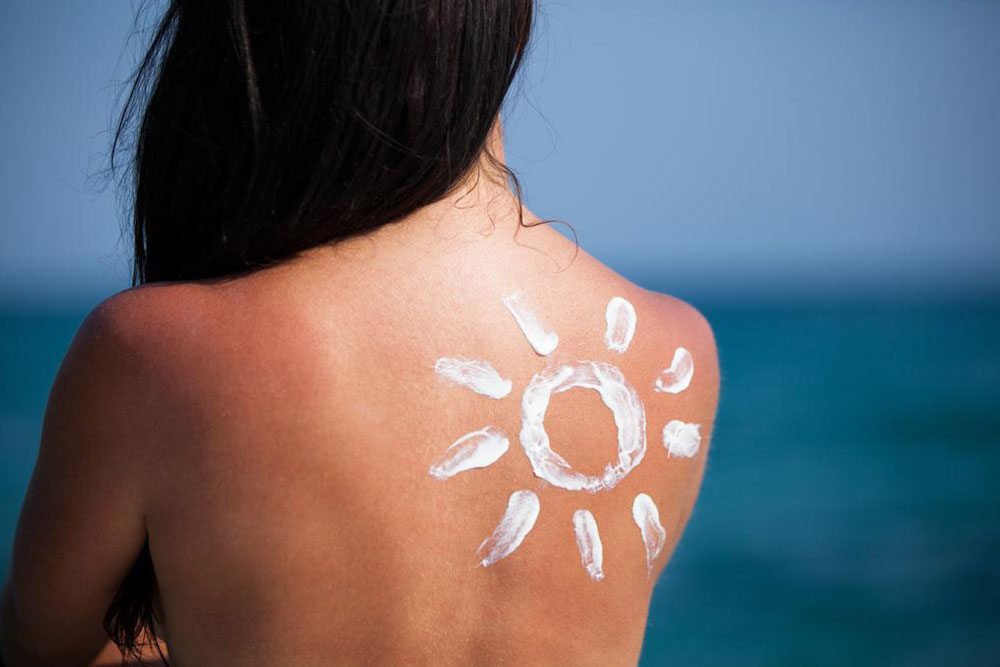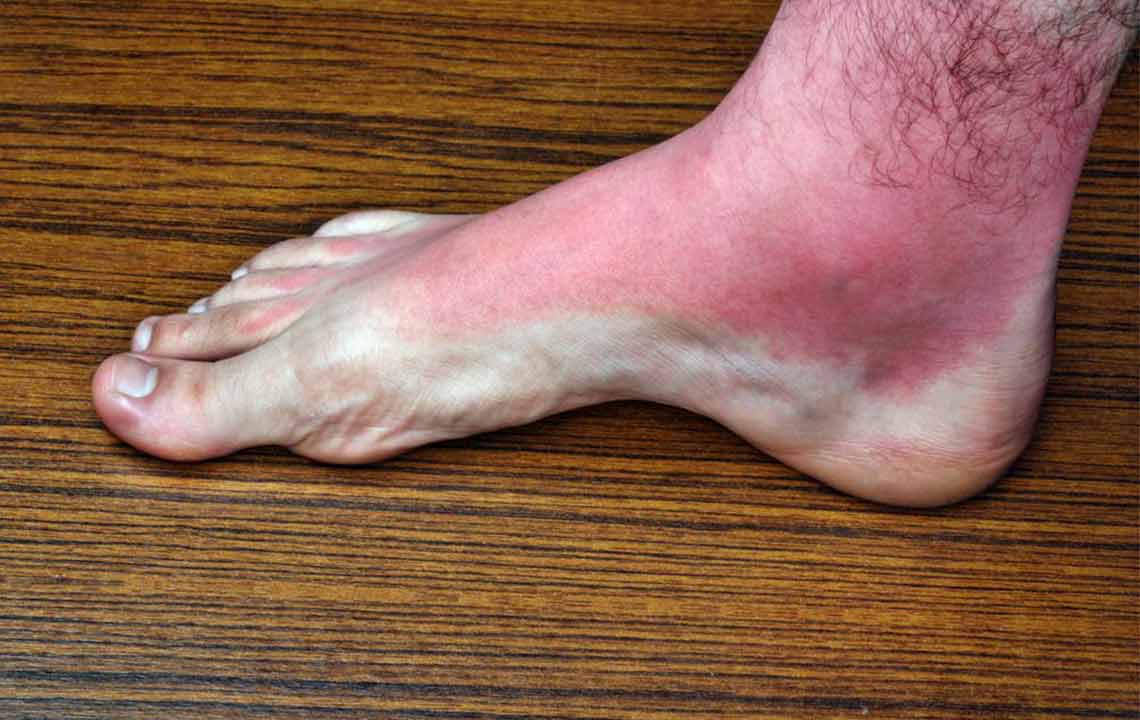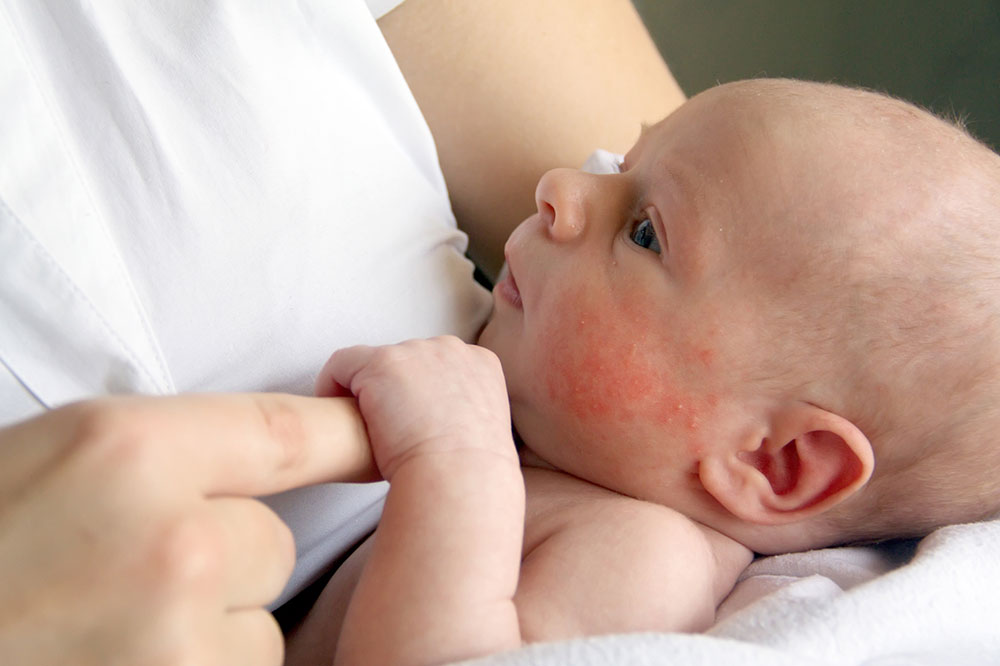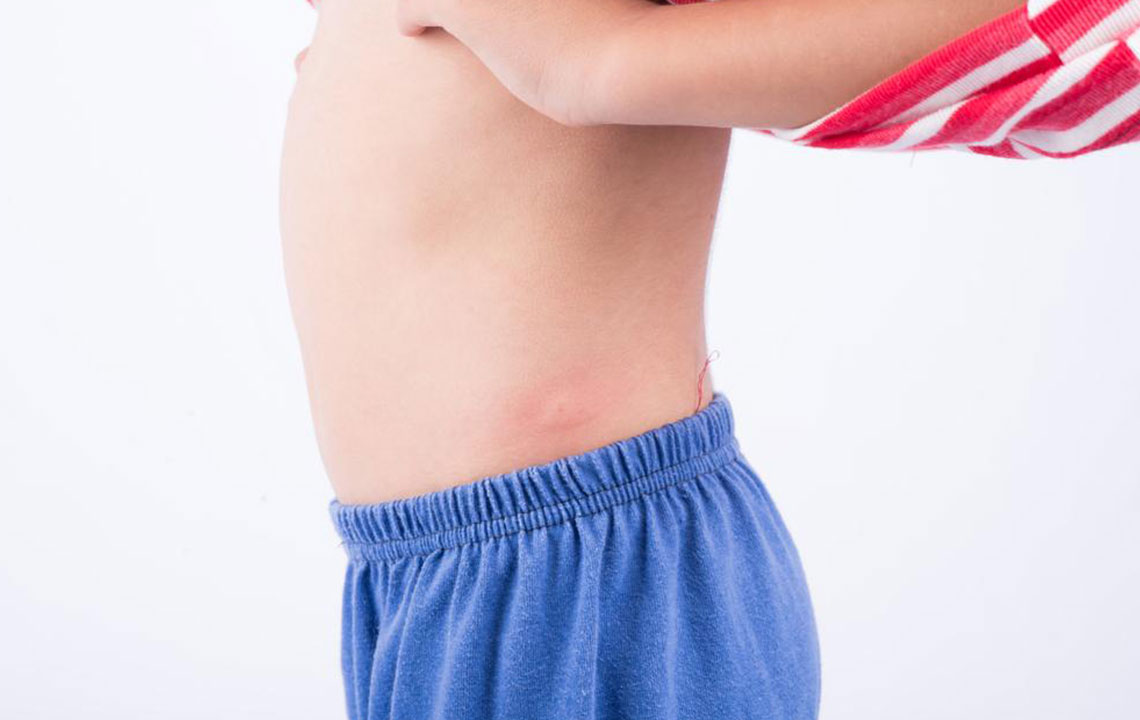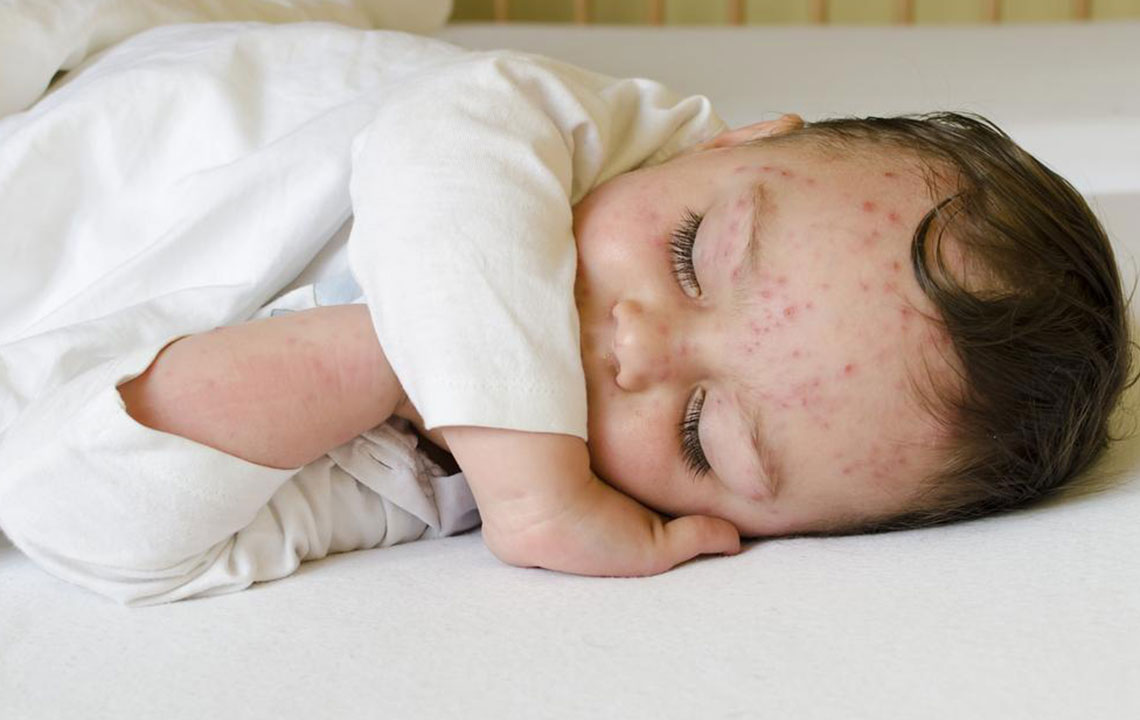Comprehensive Guide to Managing and Preventing Heat Rash During Hot Seasons
This comprehensive guide offers effective strategies for managing and preventing heat rash during summer. It covers early recognition signs, home remedy tips, medical options for severe cases, and lifestyle modifications to stay comfortable and healthy in hot weather. Learn how to minimize skin irritation risks by adopting simple yet effective practices like wearing loose clothes, staying in shaded areas, maintaining good hygiene, and staying properly hydrated.
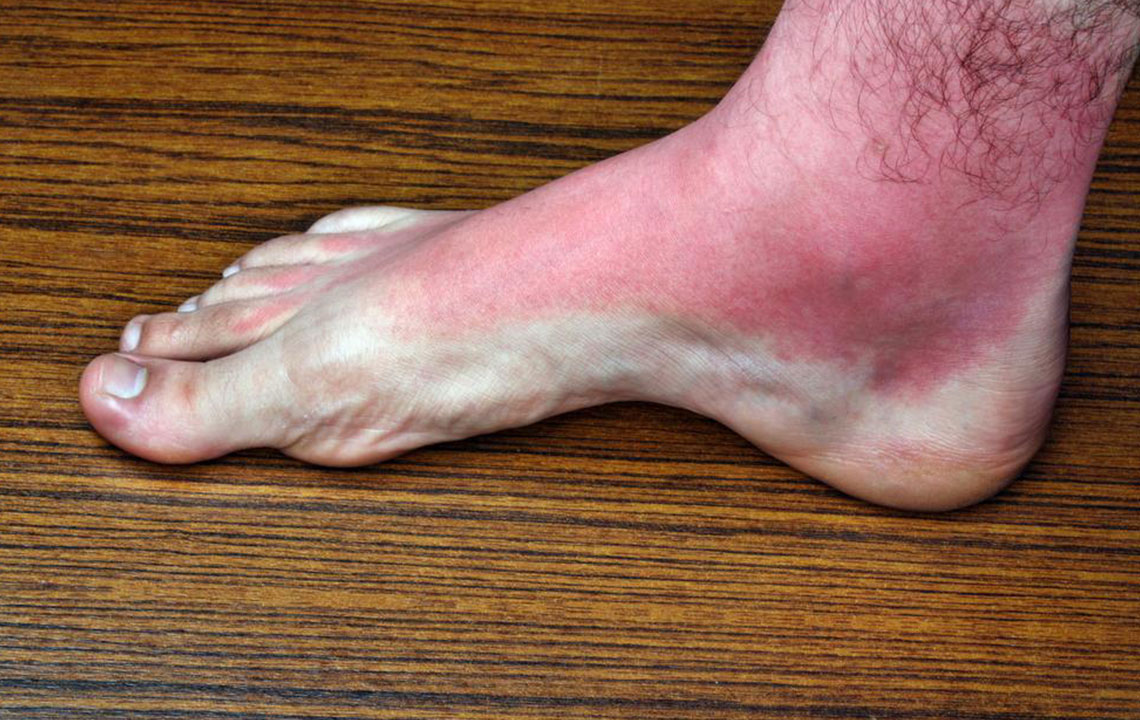
Comprehensive Guide to Managing and Preventing Heat Rash During Hot Seasons
As the temperatures soar during summer months, many individuals experience skin irritations commonly known as heat rashes. These skin issues predominantly manifest in areas covered by clothing, where sweat tends to accumulate and become trapped under the skin's surface. Heat rashes are a widespread problem affecting all age groups—from infants to the elderly—making awareness and proper management essential for everyone. Recognizing the early signs of heat rash and understanding effective prevention strategies can dramatically improve comfort and skin health during hot weather.
Heat rash, also known as miliaria, can significantly impact daily life if left untreated, leading to discomfort, itching, and in some cases, secondary infections. Fortunately, there are numerous home remedies and over-the-counter medications that effectively alleviate symptoms. Implementing preventive measures, such as wearing appropriate clothing, maintaining hydration, and avoiding excessive heat exposure, can significantly reduce the risk of developing heat rashes. With proper care and lifestyle adjustments, individuals can enjoy summer activities without the burden of skin irritations.
While heat rash is generally harmless, persistent or worsening symptoms should prompt consultation with a healthcare professional to exclude other skin conditions or infections. This comprehensive guide provides detailed information on recognizing, treating, and preventing heat rashes, helping you stay comfortable during the hottest months of the year.
Heat rash typically appears as small, red or pink bumps scattered across areas where sweat ducts are blocked. Commonly found in regions like the neck, chest, back, groin, and underarms, these rashes result from sweat being unable to escape due to blocked pores. While most often seen in babies, adults living in hot and humid climates are equally susceptible.
The underlying cause of heat rash is the obstruction of sweat glands, which prevents sweat from reaching the skin surface, leading to irritation and inflammation. Excessive clothing coverage, high temperatures, and humidity contribute to this condition by trapping sweat against the skin. Managing heat rash involves cooling the affected area and reducing sweating to promote healing. Long-term prevention strategies focus on wearing loose, breathable clothing, staying in shaded or air-conditioned environments, and practicing good skin hygiene.
Recognizing heat rash early: Small bumps, redness, and itching are hallmark signs. Look for swelling, redness, or a prickly feeling on the skin. In more serious cases, symptoms may escalate to streaks of redness, fever, or chills, which require prompt medical attention to prevent complications.
Effective remedies for heat rash:
Wear loose, lightweight, and breathable clothing to reduce skin irritation.
Stay in cool, air-conditioned or shaded environments whenever possible.
Allow affected skin areas to be exposed to fresh air periodically.
Avoid occlusive ointments and creams that can clog pores further.
Use gentle, fragrance-free soaps and take cool baths regularly.
Refrain from applying oil-based products that trap heat and sweat.
Ensure adequate hydration by drinking plenty of water and electrolyte-rich drinks.
Limit outdoor activities during peak sunlight hours to reduce heat exposure.
Medical treatments for severe or persistent heat rash: When home remedies are insufficient, topical treatments such as calamine lotion can soothe skin irritation. Dermatologists may prescribe low-potency corticosteroid creams to reduce inflammation. For advanced cases, antihistamines might be recommended to control itching. In some instances, doctors may suggest other interventions to prevent secondary infections or complications.
Preventive strategies: Preventing heat rash requires a combination of lifestyle habits and environmental controls. Stay in cool, well-ventilated spaces, and wear loose, light-colored clothing made of natural fabrics like cotton. Frequent showers, thorough drying of the skin, and maintaining good hygiene are vital to remove sweat and bacteria that can aggravate skin irritation. Regularly changing out of sweaty clothing and using fans or air conditioning can make a significant difference. Staying well-hydrated and avoiding excessive outdoor activity during the hottest parts of the day further safeguard your skin health during summer.
Implementing these practices not only helps prevent heat rash but also enhances overall comfort and skin health during the hot seasons, ensuring that you enjoy summer activities free from skin discomfort.
